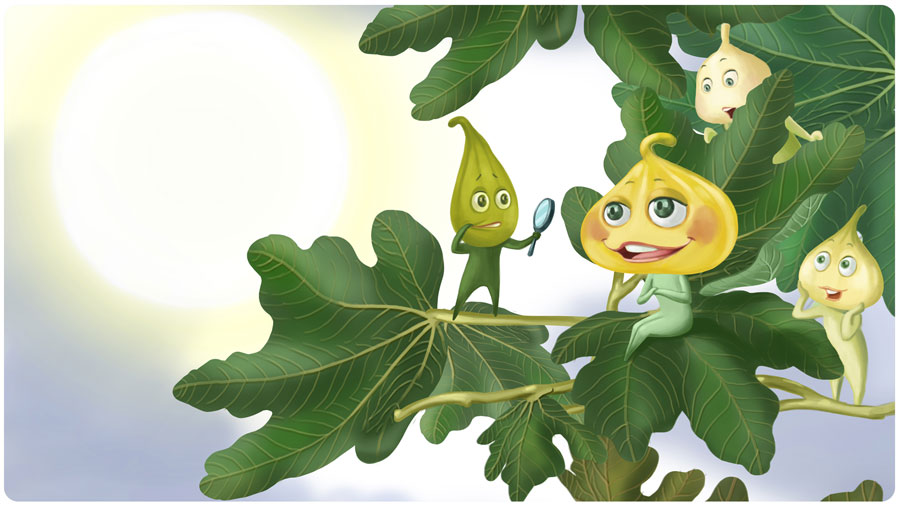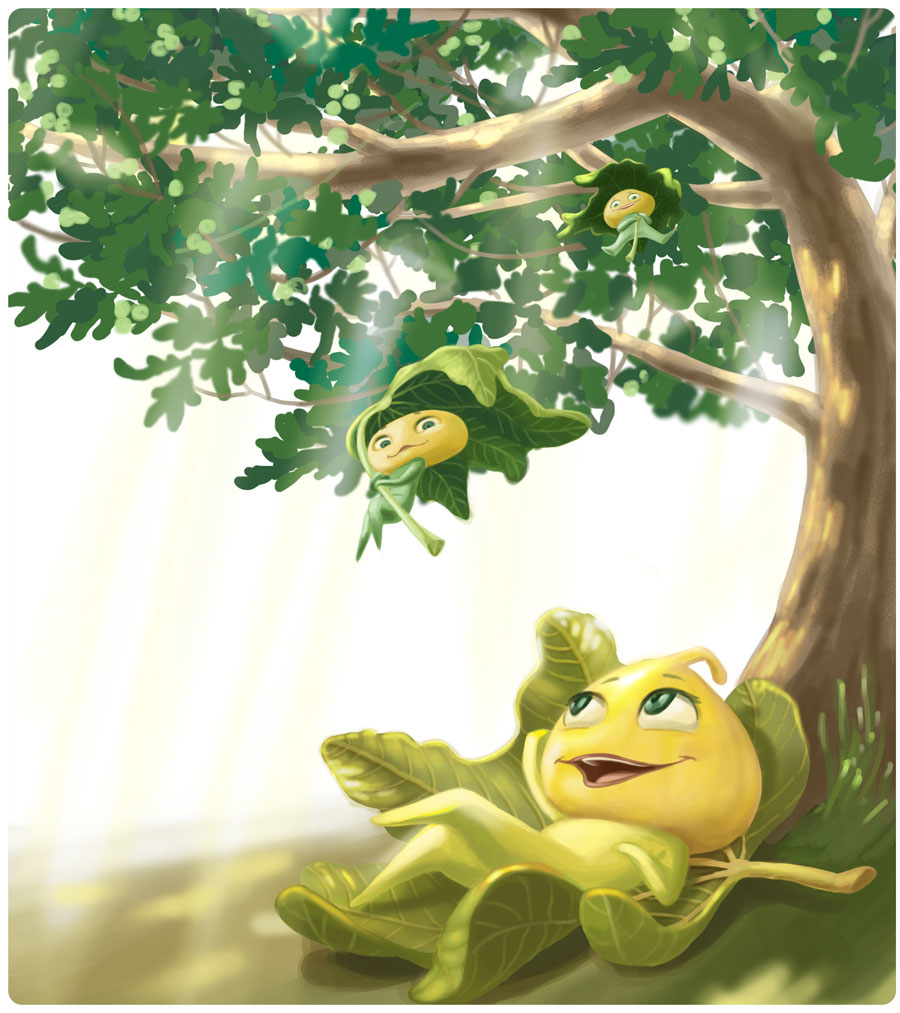Native to the Middle East and often considered one of the locals’ favorites, wild baby figs are often thought of as an expensive exotic fruit in other countries. Large trees with lovely pale bark and broad fragrant leaves grace many areas of Iran, but especially the Estahban area which is commonly known as the largest producer of wild baby figs in the whole world. The staple warm and dry climate of this particular region in Iran allows the fig trees to prosper beyond anything that could be achieved in other locations across the globe.
Our wild baby figs are smaller and sweeter than the common figs and boast the signature jewel-bright green skin and unbelievable sweetness. The fruit is so full of fiber that they have been used as a natural digestive aid for many centuries. Their high fiber content makes them an excellent choice for people watching their weight because they make you feel full for hours after consumption. Figs are also a great source of both calcium and potassium.
For thousands of years, the lovely green orbs that decorate the trees every summer have been harvested and dried in the sun to create one of the most delectable treats that the Middle Easterners keep in their pantries throughout the year.
Because of its naturally warm, sun kissed nature; a sun-dried baby fig is an excellent sweet accompaniment to a steaming cup of black tea in the colder months. Dry figs soaked in rum or other fragrant liquors can be used as sweetener in a variety of deserts. The crunchy little seeds give the most wonderful texture to a classic fig-bar or a sticky toffee cake.
What are Iranian Whild Figs?
The Fars province in the south of Iran holds 51,000 hectares of wild figs gardens with a yearly crop of 20,000 tones and Estahban, a beautiful city in the south of Iran, is home to more than 24,000 hectares of rainfed wild fig gardens and is famously known as the world’s largest supplier of this type of wild figs [1].

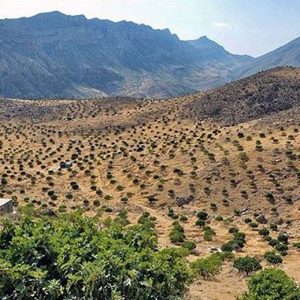
The soil and climate in Estahban valley are ideal for growing wild figs. Wild figs thrive in valleys under the hot summer sun.
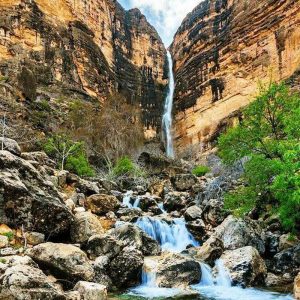
Photo by Hamed Rasti
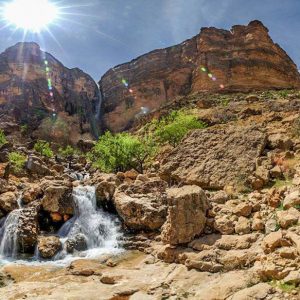
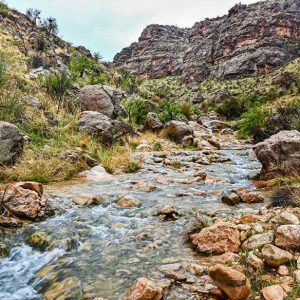
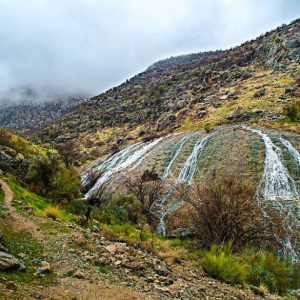

Photos by Amir Sadeghian
Due to the fertile characteristic of the soil in Estahban valley, no chemical fertilizer is used for growing wild figs.

Every year the soil around and under each trunk is replaced with fertile soil therefore the wild figs produced is considered organically grown.
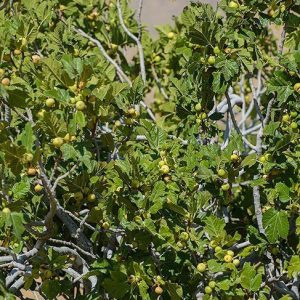
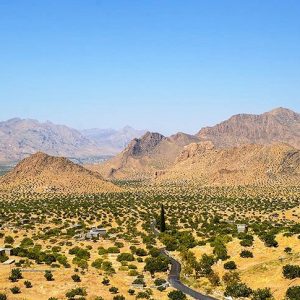
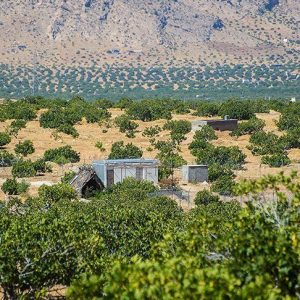

Photo by Amir Sadeghian
Reference:
[1] http://estahban-fajo.ir/
How the Estahban wild figs are dried?

Photo by Amir Sadeghian
The Estahban wild figs are grown on rain-fed trees and mature and dry naturally on the branches, which makes them sweeter and contributes to their unique taste and numerous health benefits.

The wild figs dry halfway on the trees and then fall on the ground whereby the farmers gather them to complete the drying process under the sun which normally takes three to five days.

This secondary drying is a delicate business; but once done properly the dried wild figs can be stored safely up to 12 months.

Photo by Amir Sadeghian
Iranian sun-dried wild figs are known for their hard, wrinkly exterior.
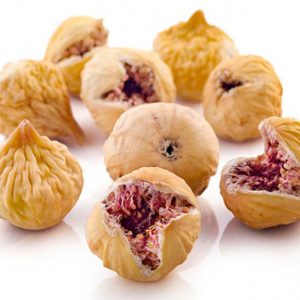
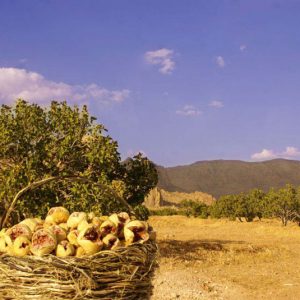
Varieties of Estahban Dried Wild Figs
The quality of the dried wild figs depends on many factors. The properties of the soil, conditions of the orchard, and the health of each particular tree all contribute to the end product.

The wild figs come in a variety of sizes and colors (white to brown) and the collected product needs to be carefully sorted into different levels of quality, primarily closed mouth and open mouth wild figs.

Open Mouth Wild Figs:

The 101 AAA type is the highest quality and the most expensive selection of Iranian dried wild figs. The main characteristic of this division is the white to pale yellow color. They are big (minimum 23 mm width) and at least 90% of the fruit is open mouthed. The 101AA are slightly smaller and more reasonably priced, with 10 to 15 percent of the fruit being closed mouth. The 101Avariety are significantly smaller (around 18 mm average width) and about half of the total amount has open mouth.
Closed Mouth wild Figs:
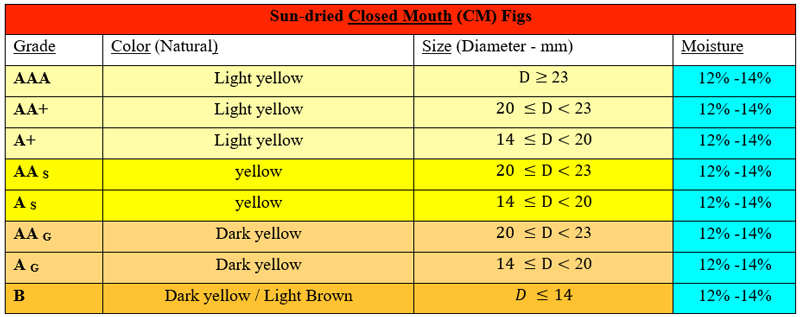
The closed mouth wild figs are categorized based on size and the color. The color changes from pale yellow to light brown.
AAA grade wild figs are the largest in size and their color are light yellow.
AA grade dried wild figs are mostly light yellow and yellow in color and their size are about 22 mm. About 90% percent of these wild figs are close mouthed.
A-grade wild figs are mostly pale yellow and yellow in color but the dark yellow wild figs with the same size are also categorized in this grade. The size of this type is in the range of 14 to 20 mm.
B-grade wild figs are the lowest priced and the lowest quality in Iranian dried wild figs. The size of this type is around 14 mm and the color type is dark yellow to light brown.
Dried Wild Figs Nutrition Facts – Typical Values per 100 gr [1]
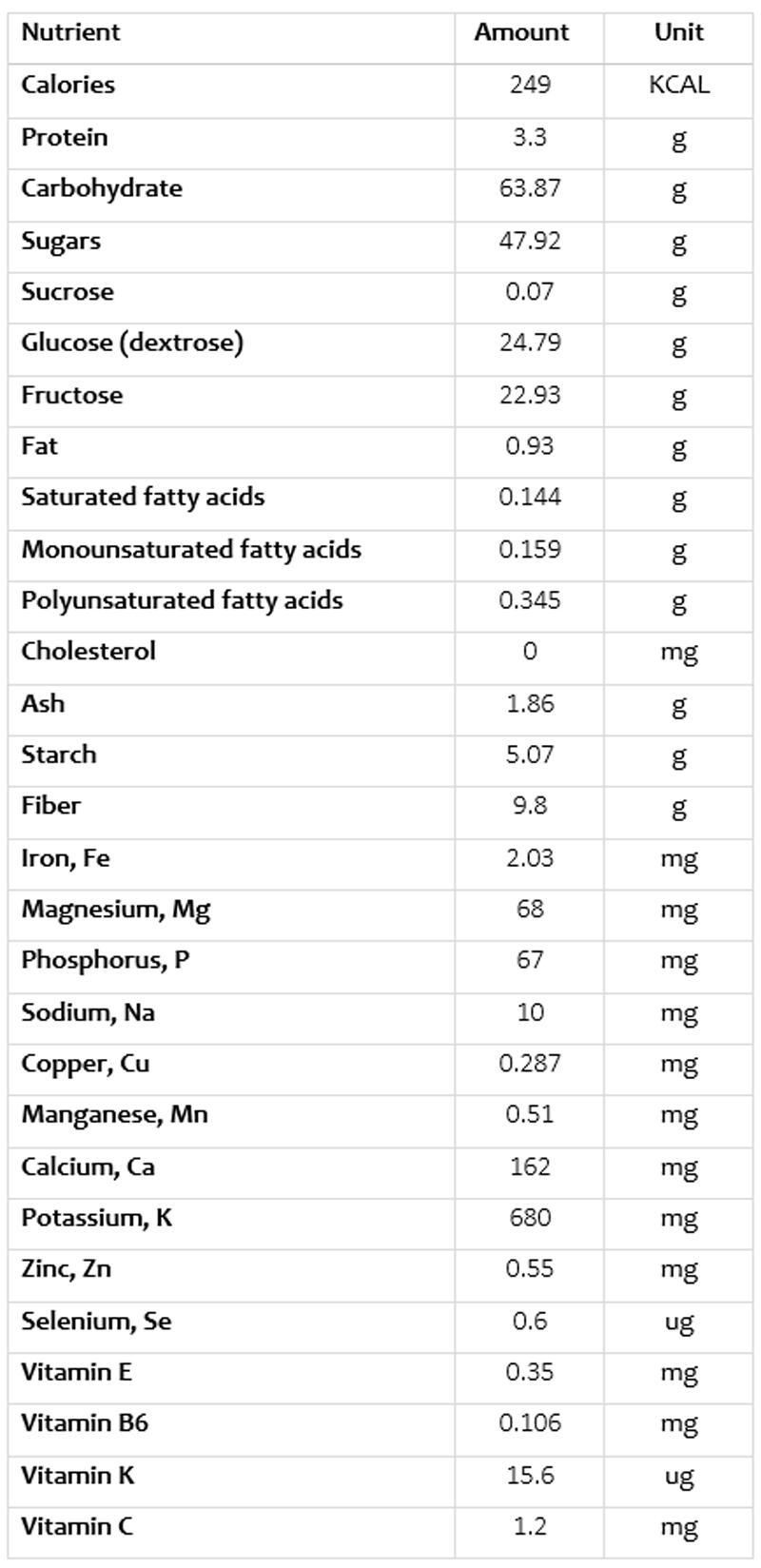
Reference:
[1] https://www.nutritionvalue.org
